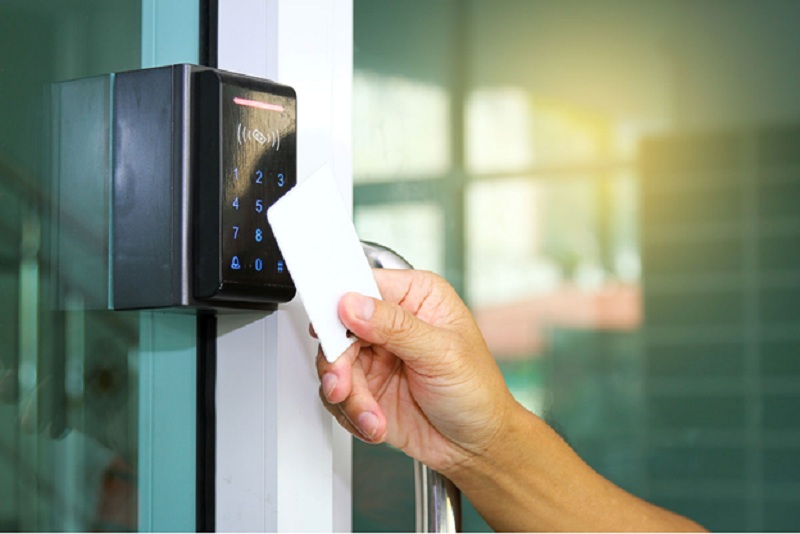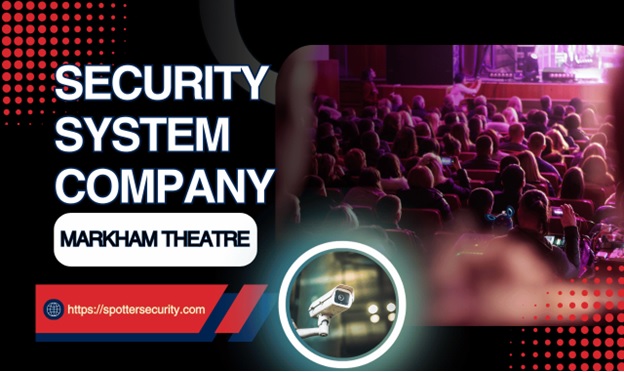Access control systems are essential components of modern security infrastructure, designed to regulate who can enter or exit physical and digital spaces. These systems are particularly vital in environments requiring stringent security measures, such as corporate offices, data centers, hospitals, and government facilities.
The effectiveness of an access control system hinges on its ability to manage the four primary processes: Identification, Authentication, Authorization, and Accountability. This article explores each of these processes in detail, highlighting their importance and the technologies that support them.
Identification
Identification is the initial step in the access control process. It involves recognizing an individual seeking access by presenting a unique identifier. This identifier could be something the individual possesses, such as an access card or a mobile device, something they know, like a PIN or password, or something inherent to them, such as a biometric trait.
Modern access control systems often use multiple forms of identification to enhance security. For instance, an employee might use a combination of an ID card and a fingerprint scan to gain entry to a restricted area. This multi-factor identification ensures that even if one form of identification is compromised, the other provides a backup layer of security.
Identification technologies have evolved significantly over the years. Traditional key and lock systems have given way to electronic access cards and biometric systems. One of the most popular modern identification tools is the HID Key Fob. This small, portable device contains a microchip that communicates with access control readers, allowing quick and secure identification.
Authentication
Once an individual has been identified, the next step is authentication. Authentication verifies that the person is who they claim to be. This process is crucial to prevent unauthorized access by individuals who might possess someone else’s identification credentials.
There are several methods of authentication, each offering varying levels of security. Passwords and PINs are common forms of knowledge-based authentication. While easy to implement, these methods can be vulnerable to social engineering attacks and breaches if not managed properly. To mitigate these risks, many organizations use more advanced authentication methods such as biometric scans (fingerprints, facial recognition, or iris scans) and smart cards.
Biometric authentication is particularly effective because it relies on unique physical traits that are difficult to replicate or steal. For instance, fingerprint scanners analyze the unique patterns of an individual’s fingerprint, while facial recognition systems use algorithms to map and verify facial features. These technologies provide a high level of security, making it difficult for unauthorized users to gain access.
Authorization
Authorization is the process of determining whether an authenticated individual has the right to access a specific area or resource. This step ensures that even if someone successfully identifies and authenticates themselves, they can
only access areas and resources that are within their permissions. Authorization is managed through policies and rules set by the organization, often implemented within access control software.
Access control systems categorize individuals into different access levels based on their roles and responsibilities. For instance, a company’s CEO might have access to all areas within the organization, while a junior employee might only have access to specific departments. These access levels are dynamically managed and can be adjusted as roles and responsibilities change.
Role-Based Access Control (RBAC) is a widely used model for managing authorization. In RBAC, users are assigned to roles, and roles are granted specific permissions. This approach simplifies the management of access rights, especially in large organizations. Another model is Attribute-Based Access Control (ABAC), which considers various attributes (such as time of day, location, and user attributes) before granting access.
Authorization systems can be complex, especially when integrating with various other systems within an organization. Advanced software solutions allow for detailed, granular control over who can access what and when, ensuring that security policies are adhered to without hindering productivity.
Accountability
The final process in access control is accountability, which ensures that all access and activity within the system can be tracked and audited. Accountability is crucial for both security and compliance reasons, providing a record of who accessed what and when. This process helps detect and respond to security incidents and ensures that users adhere to organizational policies.
Accountability is maintained through logging and monitoring mechanisms. Access control systems generate logs of every access attempt, whether successful or not. These logs include details such as the user’s identity, the time of access, the location, and the outcome of the access attempt. Monitoring software can analyze these logs in real time to detect unusual or suspicious activities, triggering alerts for security personnel to investigate.
In high-security environments, additional measures such as video surveillance and motion sensors complement access control logs. Integrating these systems provides a comprehensive view of activities within secured areas, further enhancing accountability.
To ensure that accountability measures are effective, organizations must implement robust policies and procedures for log management and review. Regular audits of access logs can identify potential security gaps and ensure compliance with regulatory requirements. Moreover, training employees on the importance of security practices and accountability helps foster a security-conscious culture within the organization.
Conclusion
The four processes of an access control system—Identification, Authentication, Authorization, and Accountability—work together to create a robust security framework. Each process plays a vital role in ensuring that only authorized individuals can access sensitive areas and resources, thereby protecting the organization from security threats.
The evolution of technology has significantly enhanced the capabilities of access control systems. From simple keys and locks to advanced biometric systems and smart devices like the HID Key Fob, these systems have become more sophisticated and secure. As organizations continue to prioritize security, the integration of innovative technologies and comprehensive policies will be essential in maintaining effective access control.
By understanding and implementing these four processes effectively, organizations can ensure a secure environment, protect sensitive information, and comply with regulatory requirements. Access control is not just about preventing unauthorized access; it is about creating a secure and accountable system that supports the organization’s overall security strategy.



